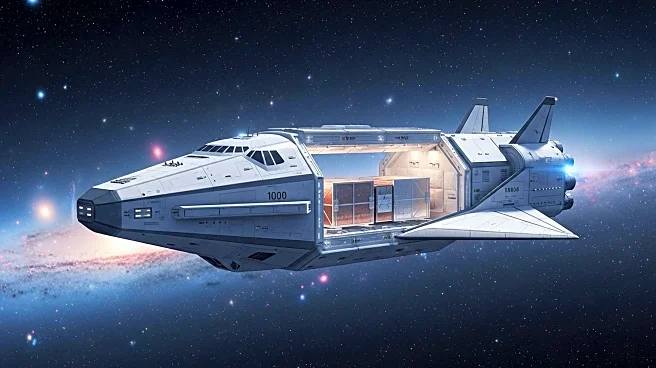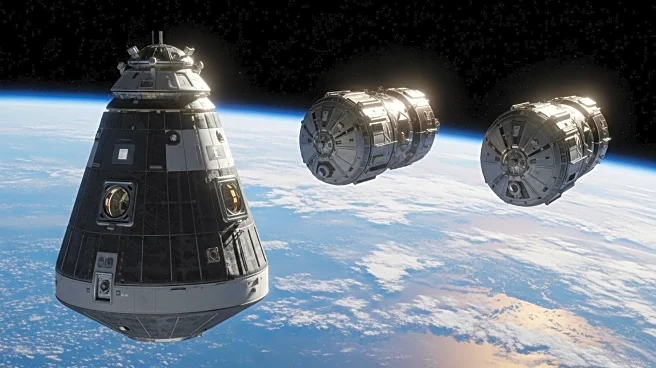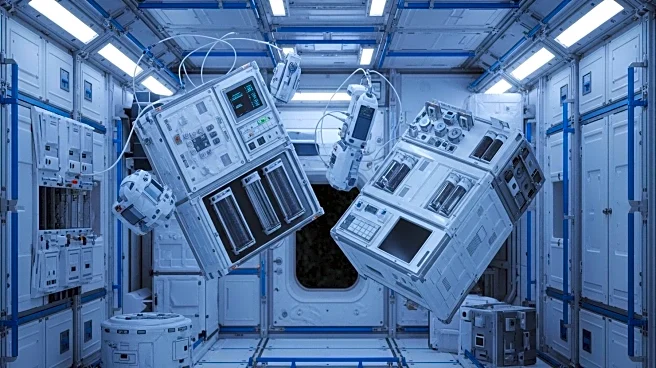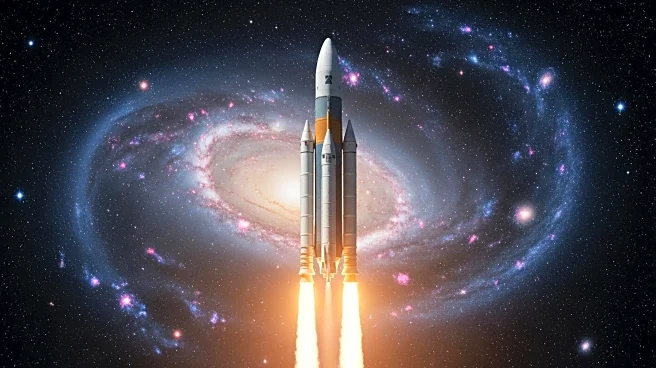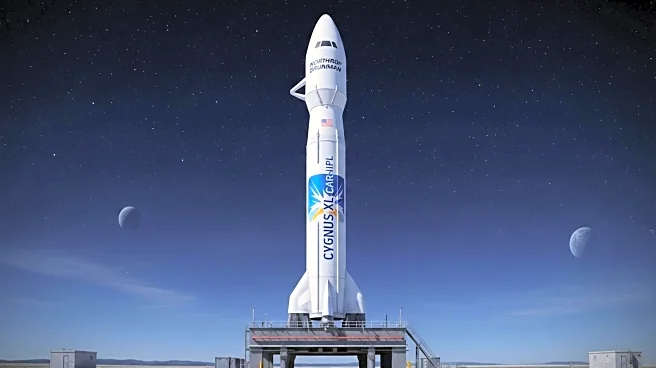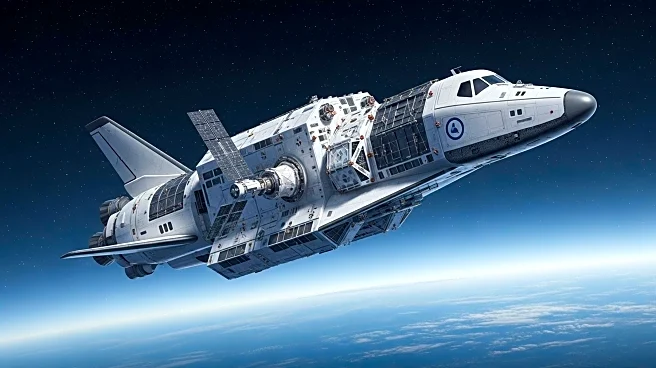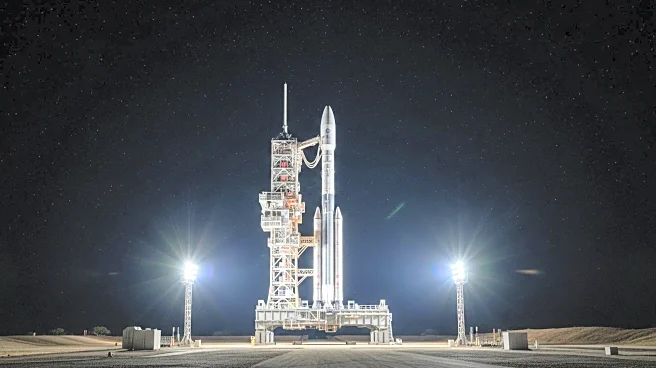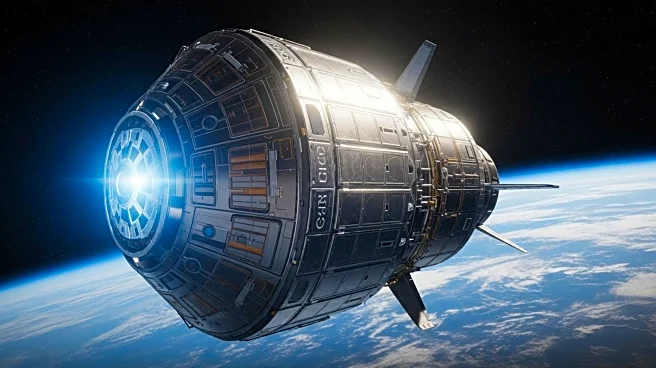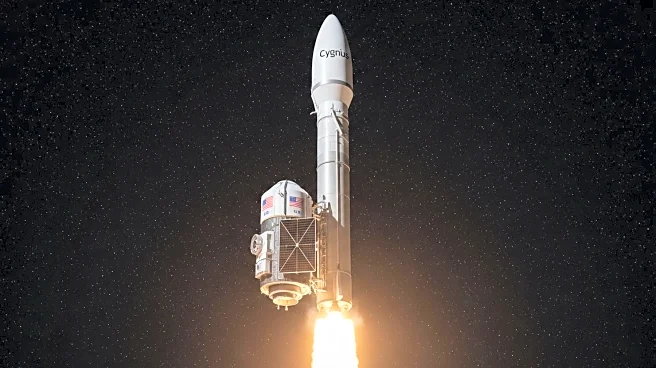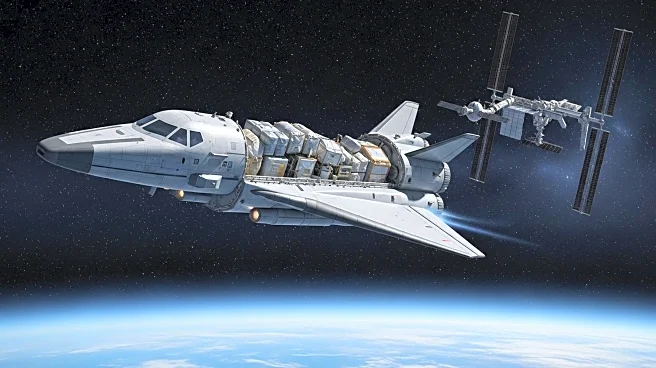What is the story about?
What's Happening?
Northrop Grumman has successfully launched its upgraded Cygnus XL cargo ship to the International Space Station (ISS). This new model, based on the Enhanced Cygnus design, is nearly double the size and more than double the payload volume of the original Cygnus design. The Cygnus XL can carry up to 11,000 pounds of cargo, compared to the 7,700 pounds capacity of its predecessor. This launch marks the first successful Cygnus spacecraft mission since August 2024, following several delays. The cargo includes materials for semiconductor crystal production, equipment for cryogenic fuel tank improvements, a UV light system to prevent microbial growth in water systems, and supplies for pharmaceutical crystal production.
Why It's Important?
The successful launch of the Cygnus XL represents a significant advancement in cargo delivery capabilities to the ISS, supporting ongoing scientific research and technological development. The increased capacity allows for more substantial and diverse payloads, which can enhance the scope and impact of experiments conducted aboard the ISS. This development is crucial for NASA's objectives in space exploration and research, as well as for Northrop Grumman's role as a key supplier in the space industry. The mission also underscores the importance of reliable and efficient cargo transport systems in maintaining and expanding the ISS's operational capabilities.
What's Next?
Following the successful launch, the Cygnus XL is expected to dock with the ISS, where its cargo will be unloaded and utilized for various research projects. The mission's success could lead to further enhancements and iterations of the Cygnus spacecraft, potentially increasing its role in future space missions. Additionally, the technologies and materials delivered could contribute to significant advancements in fields such as semiconductor manufacturing and pharmaceutical development.
AI Generated Content
Do you find this article useful?
